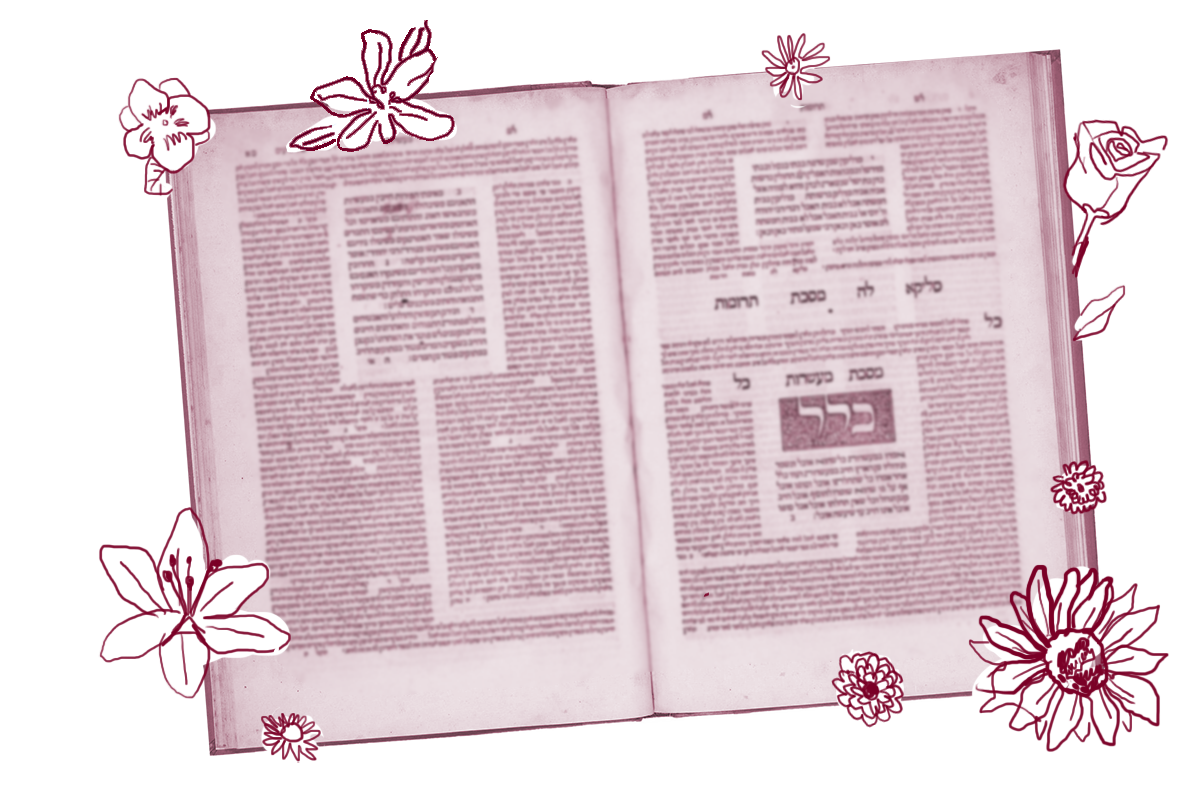A mishnah on today’s daf rules:
One who finds vessels, and upon them is a figure of the sun, a figure of the moon, or a figure of a dragon, he must take them into the Dead Sea. Rabban Shimon ben Gamliel says: Those (figures) that are upon respectable vessels are forbidden. Those that are upon disgraceful vessels are permitted.
In continuation of the discussion about various objects that might be used for idol worship and are therefore prohibited to Jews, today we learn that if a Jew finds an object with an image of the sun, moon or dragon, it is prohibited to benefit from it in any way. It must be cast into the Dead Sea, with the high salt content presumably ruining it for anyone to use.
Rabban Shimon ben Gamliel limits this ruling, noting that only “respectable vessels” that would be more likely to be used for idol worship are prohibited. Centuries later, Maimonides would list gold or silver objects, including nose and finger rings along with silk garments, in this category (Mishneh Torah, Foreign Worship and Customs of the Nations 7:8). “Disgraceful vessels,” such as everyday utensils, may still be used as it’s assumed that such items aren’t fancy enough to serve idols.
But why these three figures in particular? Regarding celestial figures, the Gemara cites a verse in Exodus prohibiting the forming of gods from silver or gold. The Gemara understands that verse to prohibit forming figures of God’s attendants — i.e. the celestial bodies. But what’s the problem with dragons?
Dragon-like sea creatures named taninim appear several times in the Bible, the earliest being in Genesis 1:21. The Leviathan is mentioned in the books of Job, Psalms, Isaiah and elsewhere. One of my favorite esoteric pieces of liturgy is recited upon exiting the sukkah for the last time at the end of the holiday: “May it be Your will, Hashem our God and God of our ancestors, that just as I have fulfilled the mitzvah and dwelled in this sukkah, so may I merit in the coming year to dwell in the sukkah made from the skin of the Leviathan.”
But it seems that dragons were also worshipped by idolaters. We find proof of this in the Jerusalem Talmud. There, in its explication of our mishnah on the parallel daf (Avodah Zarah 42d), we learn:
(Rav) saw them (the idolaters) prostrate themselves before the dragon and it broke down — (the fragments are) prohibited.
By the Middle Ages, dragon representations no longer seemed to bother the rabbis. In 14th-century Germany, a stunning image of two dragons serving as the base of the Gate of Repentance graces the first page of the Kol Nidrei service in the Leipzig Machzor. In an article in the Jewish Review of Books, author David Stern asks: “But how do the dragons, representing something sinister, function on this page? Are the columns and the text of Kol Nidre itself somehow suppressing them or holding them at bay? Or have these threatening ‘forces of fate’ already been disarmed by the power of prayer and repentance?”
Thanks to the Jerusalem Talmud, we understand why the rabbis focused their ire on images of dragons. In our own day, we can also recognize the wisdom of being wary of these creatures. Or as the motto of Hogwarts School of Witchcraft and Wizardry has it: Draco Dormiens Nunquam Titillandus. Never tickle a sleeping dragon.
Read all of Avodah Zarah 42 on Sefaria.
This piece originally appeared in a My Jewish Learning Daf Yomi email newsletter sent on July 30, 2025. If you are interested in receiving the newsletter, sign up here.
With your help, My Jewish Learning can provide endless opportunities for learning, connection and discovery.



